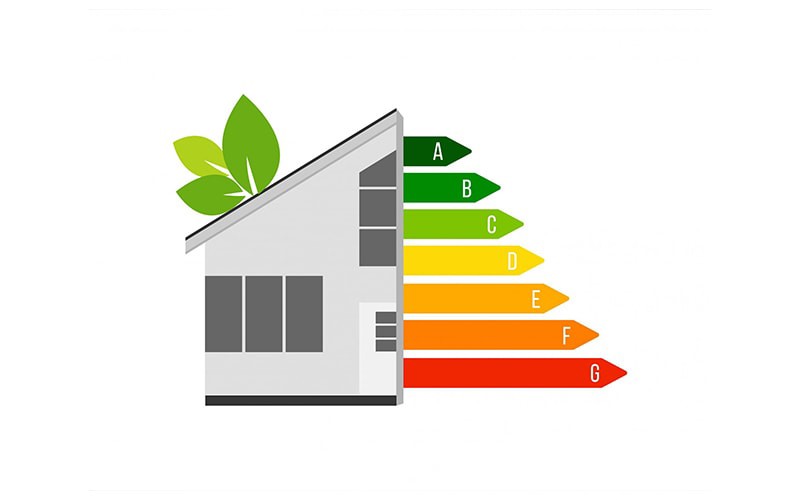It has become a common international goal to reduce our impact on the environment. Our needs as an ever-growing, ever-demanding population has meant that drastic changes need to be made to ensure that our way of living is sustainable. The construction industry alone is a major user of energy, with an estimated 3% of the UK’s total consumption being attributed to the sector.
The UK Government was one of the first to announce our commitment to achieving net zero by 2050, and regulations are gradually being implemented to see this through. As part of this initiative, the construction industry has introduced its own developments to contribute, one of which is the recent changes in the Part L Building Regulations.
Implemented from 15th June 2022, the new Part L regulations are designed to reduce carbon emissions of our buildings, and will significantly change the design and construction of buildings, which up until then were the norm.
By 2025, the Future Homes Standard will stipulate a standard requirement that new buildings should be designed to produce at least 75% less carbon emissions compared to current levels. The Part L regulations were introduced to pave the way to this standard, with the requirement that all new buildings generate 31% fewer CO2 emissions than current levels. Follow the link to read RIBAs Future Home Standard article or here for the governments summary of the Future Buildings Standard.
These changes will impact anyone who is looking to undertake any kind of building project, including extensions, renovations, and self builds.
Standard Assessment Procedures (SAPs) are assessment methodologies specified by the government to measure energy efficiency. SAP 2012 has been updated to SAP10, with greater insulation requirements and a new target primary energy rate for all new homes.
Self-builders, home owners and developers are encouraged to meet ‘notional’ dwelling targets for energy efficiency, which are measured in U-values, or the amount of energy lost through any material. To pass with Building Control, new builds and extensions must meet the reference targets for elements and systems including party walls, floors, doors and roofs.
To allow for design flexibility, a maximum U-value target is also included. This means that the build can perform better or worse than the reference values, as long as the Target Emission Rate (TER) is achieved.
Please follow the links for specific details on the changes to the U-values:
Approved Document L, volume 1: dwellings (Table 4.1 page 24, and Table 4.2. page 25)
Approved Document L, volume 2: buildings other than dwellings (Table 4.1 page 25)
Home-owners and developers must now also conduct an on-site audit confirming that the design details outlined in the plans have been constructed, with photographs submitted as evidence. In addition, concerns from thermal bridging causing heat loss and condensation mean the new regulations advise that “opportunities should be considered to use products that help to reduce thermal bridges”.
To achieve the planned carbon reductions, renewable technologies such as solar PV panels and heat pumps can be implemented. However, the Future Homes Standard will require a significant emphasis on improvement to the fabric of the building, and it is this standard that really focuses on the fabric of the building rather than simply offsetting waste with clean energy.
The main aim is to use a lot less.




